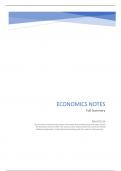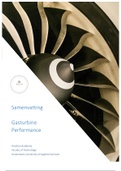Zusammenfassung
Summary IBA Economics Block 3
- Kurs
- Hochschule
The document contains all the relevant information from the Microeconomics Book used in the Economics Course at RSM. The notes are color coded and well-structured and include additional explanations. Grade obtained by studying with this material: 10 (maximum)
[ Mehr anzeigen ]




